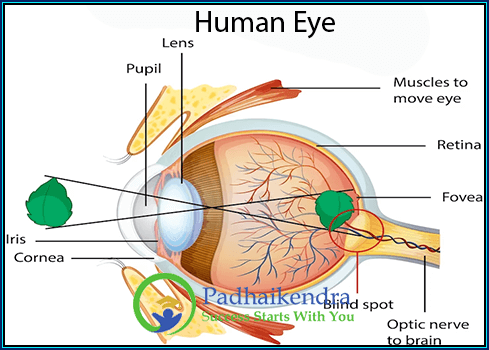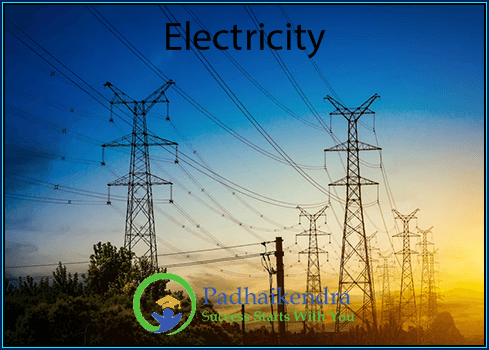What is an ECHO?
An echo is a sound wave that is reflected off a surface and returns to the listener after a delay. When a sound wave encounters a surface, such as a wall or a cliff, it reflects off the surface and travels back toward the listener. If the reflected sound wave reaches the listener’s ear within about 0.1 to 0.3 seconds after the original sound wave, it is perceived as an echo.
 The strength and duration of an echo depend on several factors, including the distance between the listener and the reflecting surface, the shape and texture of the surface, and the frequency and intensity of the original sound wave. Hard, smooth surfaces reflect sound more efficiently than soft or irregular surfaces, and a large, flat surface will produce a stronger and longer-lasting echo than a small or curved surface.
The strength and duration of an echo depend on several factors, including the distance between the listener and the reflecting surface, the shape and texture of the surface, and the frequency and intensity of the original sound wave. Hard, smooth surfaces reflect sound more efficiently than soft or irregular surfaces, and a large, flat surface will produce a stronger and longer-lasting echo than a small or curved surface.
Advantages of Echo:
Echoes can be helpful in certain situations, such as in sonar or radar systems, where they are used to locate objects or measure distances. They can also be used in music and sound design to create interesting and immersive effects, such as in reverberation or delay effects.
Disadvantages of Echo:
However, in some cases, echoes can be undesirable or even dangerous. For example, in a crowded space, echoes can create a confusing and disorienting environment, making it difficult to communicate effectively. Additionally, in certain outdoor environments, such as canyons or cliffs, loud noises can produce echoes that may startle or even harm wildlife.
Echo FAQs
An echo is a reflected sound wave that is heard after the original sound wave reflects off a surface and returns to the listener's ears. It is characterized by a distinct repetition of the original sound, occurring with a slight time delay.
An echo is produced when a sound wave encounters a reflective surface, such as a wall, building, or canyon. The sound wave bounces off the surface and travels back towards the source. When the reflected sound reaches the listener's ears, it is perceived as an echo.
An echo is a distinct repetition of the original sound, occurring with a noticeable time delay. It is caused by a single reflection. Reverberation, on the other hand, refers to multiple reflections of sound waves that blend together and persist even after the original sound has ceased. Reverberation creates a continuous, prolonged sound effect.
No, an echo cannot be heard in a vacuum. Sound waves require a medium, such as air, water, or solid objects, to travel. In a vacuum where there is no medium for sound propagation, there would be no echoes.
The distance of an object from the echo it produces can be calculated using the speed of sound and the time it takes for the echo to return. By dividing the total time taken by 2 and multiplying it by the speed of sound, you can estimate the distance since sound travels at a known speed in a given medium.
Echoes have several practical uses in everyday life. They are utilized in sonar systems for underwater navigation, in architectural design to enhance acoustics in concert halls, and in communication systems such as two-way radios and walkie-talkies.
Animals like bats and dolphins emit high-frequency sounds and listen for the echoes that bounce back. They use this echolocation ability for navigation, hunting prey, and communicating with others of their species. By interpreting the echoes, they can determine the location, distance, and shape of objects in their surroundings.
In general, echoes do not cause harm or danger to humans or animals. However, extremely loud or sudden echoes, such as those produced in confined spaces or near loud noise sources, can potentially cause discomfort or hearing damage. It's important to be mindful of the sound levels and protect hearing in such situations.
Several factors can affect the quality and intensity of an echo. The distance between the sound source and the reflecting surface, the shape and texture of the surface, the frequency and intensity of the original sound, and the surrounding environment can all influence the characteristics of the echo.
The environment plays a significant role in the formation and propagation of echoes. Different surfaces, such as smooth or rough walls, open fields, or dense forests, can produce varying echo effects. Environmental factors like humidity, temperature, wind, and the presence of other objects can also influence the behavior of sound waves and the formation of echoes.
 The strength and duration of an echo depend on several factors, including the distance between the listener and the reflecting surface, the shape and texture of the surface, and the frequency and intensity of the original sound wave. Hard, smooth surfaces reflect sound more efficiently than soft or irregular surfaces, and a large, flat surface will produce a stronger and longer-lasting echo than a small or curved surface.
The strength and duration of an echo depend on several factors, including the distance between the listener and the reflecting surface, the shape and texture of the surface, and the frequency and intensity of the original sound wave. Hard, smooth surfaces reflect sound more efficiently than soft or irregular surfaces, and a large, flat surface will produce a stronger and longer-lasting echo than a small or curved surface.




